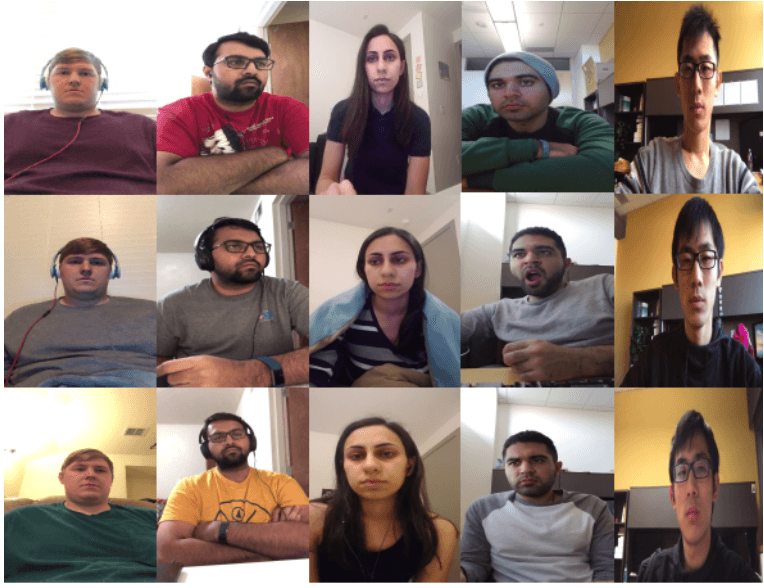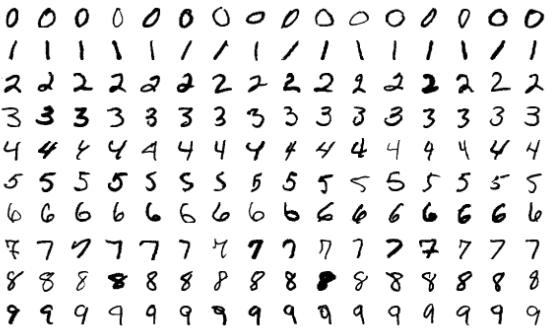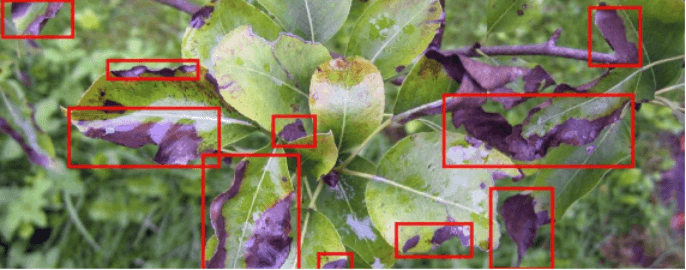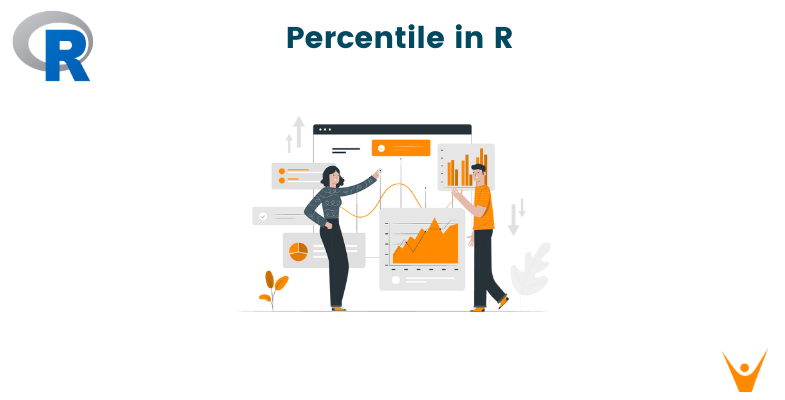Are you ready for your final-year project submission? Then there are some fresh Deep Learning projects for students. A more practical approach like building projects is as important as theoretical knowledge to work in a real-time work environment.
What is Deep Learning?
There is an increasing demand for artificial intelligence and machine learning in today’s era. From recommendation systems to image processing, there are many applications of deep learning as well.
Deep learning is an artificial intelligence (AI) function that simulates the functioning of the human brain in processing data and creating patterns to be used in higher cognitive processes. Deep learning can be called a subset of machine learning in AI.
It has networks capable of learning unsupervised from data that's unstructured or unlabeled. Deep learning has evolved hand-in-hand with the digital era, which has caused an explosion of data in every shape and form. According to Glassdoor, deep learning engineers can get annual packages up to $140,000.
Commercial applications and software that use computer vision, image recognition, open-source platforms with consumer recommendation apps, and medical research tools that explore the likelihood of reusing drugs for brand-spanking new ailments are some of the few applications.
It is also an important subject in universities right now. But since it is quite a new domain, students cannot easily resolve their doubts. For that, you can connect with a deep learning tutor online for 1:1 private lessons.
13 Deep Learning Project Ideas
As a beginner, it might be difficult to come up with ideas, that's why we have decided to curate a list of 10 deep-learning projects for students that are also perfect for your final year project.
1) Drowsiness Detection System
The problem statement here is to create a detection system that identifies key attributes of drowsiness and triggers an alert when someone is drowsy before it's too late. This is really an interesting idea to test your skills on.

Here is the training and test data for the problem statement: Real-Life Drowsiness Dataset formulated by a research team from the University of Texas at Arlington specifically for detecting multi-stage drowsiness.
The final goal is to detect extreme and visual cases of drowsiness but also allow our system to detect softer signals of drowsiness in addition. The dataset has around 30 hrs of videos of 60 unique members. From the dataset, you can extract facial landmarks from 44 videos of 22 participants.
This allowed us to get a sufficient amount of information for both the alert and drowsy state. we will use a 1-D CNN model and send out the numerical features as sequential input files to do and understand the spatial relationship between each feature for the 2 states.
2) Digit Recognition System
Handwritten digit recognition has attained a lot of popularity from aspiring beginners in the field of machine learning and deep learning to an expert who has been practicing for years. Creating such a system includes a machine to identify and classify the pictures of handwritten digits as 10 digits (0–9).
Handwritten digit recognition from the MNIST database is already hugely famous among the deep learning community for several recent decades now, as decreasing the error rate with different classifiers and parameters. You can check the dataset for Digital Recognizer.

A Digit recognition algorithm is the working of a machine to train itself or recognize the digits from different sources like emails, bank cheques, papers, images, etc.
3) Neural Style Transfer
Neural style transfer is an optimization technique that works on three parameters in the form of image vectors. There is a content image, a mode reference image (artwork by a famous painter), and also the input image you would like to style.
We blend them together such the input image is reconstructed to appear just like the content image but painted within the kind of the design image. Somewhere between where the raw image input is fed in and also the classification label is output, the model is basically a complex feature extractor.
Therefore by obtaining the intermediate layers, we can describe the content and style of the input images and reconstruct them into a neural-style transfer image. This is really a complex deep project idea that can take you deep down into the concept of the subject.
4) Pneumonia Detection With Deep learning
Pneumonia is an infection that causes inflammation in the air sacs in either one or both lungs. It kills more children younger than 5 years old annually than any other communicable disease, like HIV infection, malaria, or tuberculosis. Diagnosis is usually supported by symptoms and physical examination.
Chest X-ray images are used to confirm the diagnosis. So, in this dataset, we have 5,856 verified Chest X-Ray images by a genuine source. This data is useful for developing/training/testing classification models with convolutional neural networks (CNN).
5) Crop Disease Detection
The increasing resistance of crop pathogens to fungicides and pesticides poses a challenge to food preservation and compels the invention of recent antifungal compounds. Productive agriculture systems are always at risk of hazards of climate and pests and diseases causing threats to the food security of any nation.
Healthy and productive crops not only are indispensable but are the very nature of humankind, the atmosphere, for food, fiber, energy, and general well-being. The project focuses on creating an algorithm that predicts diseases in crops using RGB images.

We can get a dataset of agriculture crop images and use a CNN model to predict the diseases.
6) Pose Estimation
Pose estimation is the method of utilizing a Machine learning model to determine the pose and body coordinates of a body from an image or a video by estimating the spatial locations of key body joints (key points).
The output stride determines what quantity the output is scaled-down relative to the input image size. It affects the scale of the layers and also the model outputs. The PostNet model inputs a preprocessed camera image as the input and outputs information about key points.
The key points detected are indexed by an element ID, with a confidence score between 0.0 and 1.0. the boldness score indicates the probability that a key point exists in this position.
7) Diabetic Retinopathy Detection
The main objective of this deep learning project is to automate the method to detect blindness in patients using CNNs. We require multiple image preprocessing techniques, for example, Image resizing, and cropping should be applied to produce out distinctive features from eye images.
8) Face Detection
Face detection is computer vision and image processing that involve finding or detecting human faces in photos. This is one of the most popular deep-learning projects for beginners because it is one of the main applications of this technology right now.
Locating a human face in a photograph attributes to obtaining the coordinates of the face in the image, whereas the concept of localization indicates differentiating the extent of the face features, with the help of a bounding box around the face.
9) One-Shot-Pokemon Images
The dataset aims to detect and output the type of pokemon. This uses a classic deep convolution network with a softmax activation layer which can only achieve an accuracy of around 30%. While it is not a good choice for the final-year project, it will surely interest any young Deep Learning enthusiast.
There are three directories in the dataset "pokemon-a" and "pokemon-b" which are general pokemon images with no background. One can use them for training. "pokemon-TCG-images" are pokemon images cropped from pokemon TCG cards.
We have to train models and perform testing. Filenames in all directories start with pokemon-id, aka class label. You have to create an algorithm of training and testing models.
10) Detectron
The project Detectron is Facebook AI Research's software system that implements state-of-the-art object detection algorithms, including Mask R-CNN. The project is created using Python and supported by the Caffe2 deep learning framework.
The objective of the project Detectron is to supply a high-quality, high-performance codebase for object detection research. it's designed to be flexible so as to support rapid implementation and evaluation of novel research.
11) Cat vs Dog Image Classifier
This is a simple deep-learning project for beginners. It involves creating a convolutional neural network. You need to train this convolutional neural network on various images of cats and dogs with their labels. Once the training is done, then you can provide it with images that do not have labels.
The deep learning model can then predict if the image is of a dog or a cat. The Cat vs Dog classifier is a perfect project to understand deep learning and the various techniques used in a convolutional neural network.
12) Covid 19 detection in Lung Cancer
If you want to use real-time datasets in order to build projects, then this is the perfect idea for you. You need to use various images that are MRI scans of the lungs. The database is a mix of MRI scans of patients with covid and those that do not have covid.
You will be building a filter using a convolutional neural network that will classify given an MRI scan if it has Covid or not in this project. It will rely on some data cleaning too as the dataset might contain features that are not required.
13) Cyber Attack Detection
The web has grown tremendously, from Web 1.0 to Web 5.0. The amount of web traffic poses a serious threat to companies since they never know when a cyber attack is incoming.
We will be creating a deep-learning model that will monitor web traffic. By monitoring the web traffic on a server, your model should be able to detect if the server is under a cyber attack.
What is the perfect idea for a final-year project?
A perfect idea for a final-year project depends on the problem statement that you wish to solve. A final year project is decided based on the knowledge you have gained so far and hence the idea is also dependent on the current knowledge you possess.
We will recommend Digital Recognition System, Crop Disease Detection, and Cyber Attack Detection for the final year deep learning project. These problems are easy to understand and explain during the final presentation.
They can go as much complex as you want, so they will test more of your skills. You will easily find easily resources and help with these ideas as well. Still, the final year project you undertake is directly dependent on the knowledge you possess hence choose carefully.
Also, check Python projects for beginners, if you still learning about the programming language.
Conclusion
Here we have addressed the definition of deep learning and discussed deep learning projects for beginners to build, with an explanation of the model architecture used. Now you need to find which problem interests you and start working on it.


![Top 13 Deep Learning Projects for Beginners & Students [2023]](https://favtutor.com/resources/images/uploads/deep_learning_projects.png)





